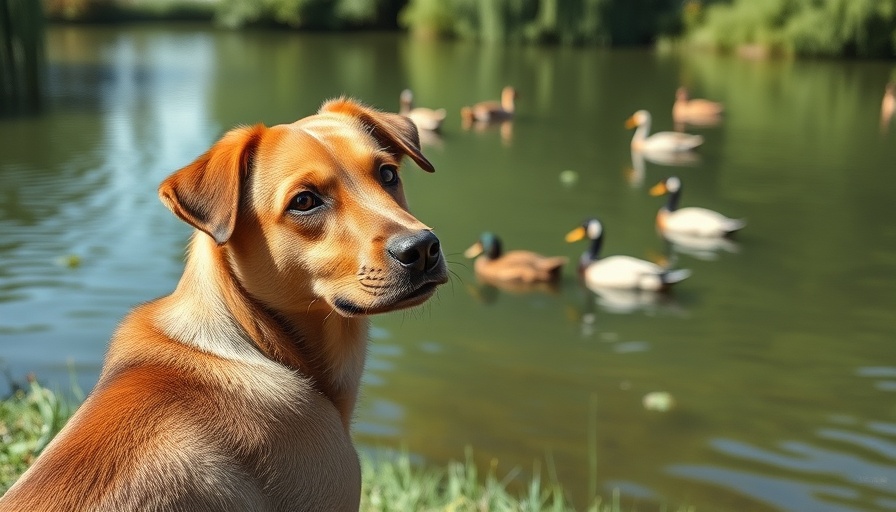
Understanding Bird Flu: A Brief Overview
The current bird flu outbreak, particularly the H5N1 strain, has raised concerns beyond the realm of poultry and wild birds. The avian influenza, while primarily a threat to birds, has shown an alarming ability to infect various mammalian species, including our beloved pets—dogs. As a responsible dog parent, knowing the signs of bird flu can be crucial to safeguarding your furry friend’s health.
Protecting Your Dog from Bird Flu: What You Need to Know
As the bird flu virus continues to mutate and spread, it’s essential to understand how dogs can contract this disease, despite the rarity of cases. Here’s a closer look at potential infection sources:
- Contact with Infected Wildlife: Dogs can become infected by scavenging or interacting with sick or deceased birds.
- Raw Diet Risks: Consuming raw or undercooked meat from infected animals poses a significant risk.
- Aerosol Exposure: Inhaling droplets from infected animal feces or bodily fluids can also lead to infection.
- Direct Contact: Any interaction with infected animals, even just being nearby, can put your dog at risk.
Recognizing Symptoms of Bird Flu in Dogs
Identifying possible symptoms of bird flu is vital for timely intervention. Symptoms can often overlap with other health issues, which is why vigilance is essential:
- Fever and tiredness
- Respiratory difficulties such as coughing, sneezing, and congestion
- Digestive concerns like reduced appetite and vomiting
- Neurological signs including seizures and tremors
- Visible discomfort manifested through eye and nose discharge
If your dog exhibits any of these symptoms, especially following exposure to potentially infected animals, seek veterinary care without delay. Early diagnosis is crucial for effective treatment.
The Importance of Veterinary Care
While panic is unwarranted given the low case numbers in dogs, it is wise to be prepared. Veterinary diagnostics can rule out potential causes of these symptoms and confirm if bird flu is indeed the issue. Understanding your dog’s health and being proactive is a vital part of responsible pet ownership.
Mitigating Risks: Simple Preventative Steps
Protecting your dog from bird flu requires a proactive approach:
- Avoiding Risks: Keep your dog away from wild birds, especially droppings, and avoid giving them raw poultry or game meat.
- Healthcare: Regular vet check-ups can help catch any health issues before they escalate.
- Vaccination Considerations: While no specific vaccine for bird flu exists for dogs, staying up to date on annual vaccinations and consult your vet for tailored advice can bolster your pet’s immune defenses.
In Conclusion: Stay Informed and Connected
The ongoing nature of bird flu outbreaks necessitates an informed approach to pet health. By understanding the symptoms, securing veterinary support, and taking precautionary measures, you can better protect your furry companions. Consider joining local pet wellness programs or community discussions to stay updated on best practices and emerging issues. Engaging with your local pet-loving community can also provide emotional support and shared knowledge, fostering the care and safety of our pets.
Take Action for Your Pet's Health
As a pet parent, prioritizing your dog's health is paramount. Understand the risks associated with bird flu, watch for symptoms, and seek veterinary advice if in doubt. Additionally, enroll in wellness plans that cover comprehensive care, ensuring your furry friend remains happy and healthy.
 Add Row
Add Row  Add
Add 




 Add Row
Add Row  Add
Add 


Write A Comment